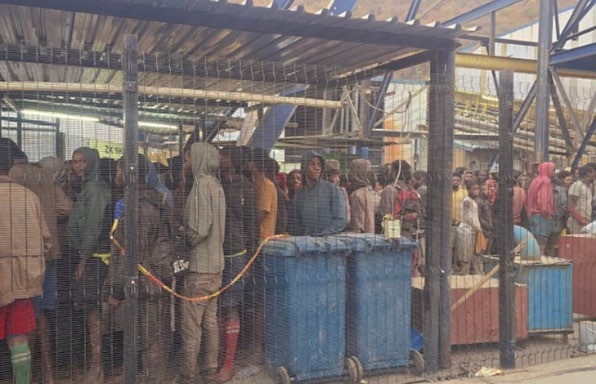Source:
SABC News, August 2025.
Authorities in South Africa have reported the reappearance of 28 illegal miners—known locally as zama zamas—at the Sheba gold mine in Mpumalanga, just days after a large-scale police sweep led to dozens of arrests in the area. The resurgence follows a coordinated crackdown aimed at dismantling organized illegal mining operations that have plagued the historic mine and surrounding communities. Despite the heightened security presence, police confirmed that small groups continue to infiltrate the site, underscoring the resilience and organization of illicit mining networks.
The Sheba mine, part of the Barberton goldfields, has long been a focal point for illegal extraction due to its rich ore bodies and extensive underground workings. Zama zamas often operate in dangerous conditions, with little to no safety measures, and are frequently linked to broader criminal syndicates involved in smuggling, extortion, and violent turf conflicts. The recurring incursions have raised concerns among local residents and stakeholders about the mine’s operational stability, community safety, and the capacity of law enforcement to maintain sustained control.
This development is significant because it illustrates the ongoing challenge of maintaining a social license to operate in mining regions where economic desperation, unemployment, and criminal enterprise intersect. For mining companies, securing physical access to sites is only part of the equation—long-term legitimacy depends on collaborative solutions that address the socio-economic drivers of illegal mining. Without coordinated engagement involving government agencies, local communities, and legitimate mining operators, enforcement efforts risk becoming a costly cycle of arrests and re-entry, rather than a sustainable path toward lawful and socially accepted mining activity.

